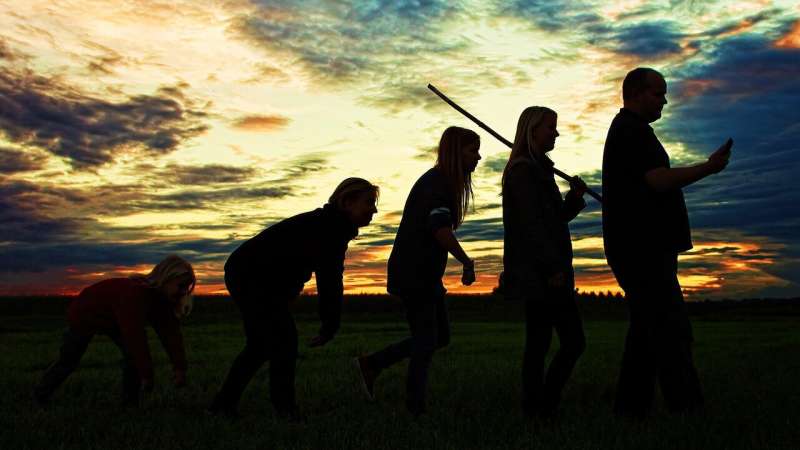Quebec and public daycare unions reach agreement in principle
Agreement needs to be ratified by union membership
After days of strikes and months of negotiations, the labour dispute between public daycare workers and the Quebec government appears to be nearly resolved and a strike that loomed Friday seems to be off the table.
After two days of "intensive negotiations," the FSSS–CSN, a branch of the Confédération des syndicats nationaux which represents 11,000 daycare employees, announced it had reached an agreement in principle at around 1 p.m. ET on Wednesday.
A few hours later, the Syndicat québécois des employées et employés de service (SQEES) associated with the Fédération des travailleurs et travailleuses du Québec (FTQ) said its negotiators had also come to an agreement in principle with Quebec's Treasury Board and family minister.
"We've worked really hard to get here," said FSSS–CSN child-care lead Stéphanie Vachon. "We feel we've done everything we can to push forward the workers' priorities at the negotiation table, but in the end the decision is up to them."
The union says it won't be giving any more details on the agreement in principle until its members have had a chance to review it and have their say.
In a video posted to the FSSS-CSN members Facebook page, Vachon said all employees would be receiving more information this afternoon and would be invited to general assemblies where the deal will be put to a vote.
The SQEES-FTQ says it has started a similar process and is delaying an unlimited strike that was set to start tomorrow.
Anxious parents
Arwen Fleming says she and her partner have struggled not being able to send their daughter Tova to her FSSS-CSN affiliated daycare in Côte-des-Neiges, Que., this week.
"The disruption in routine is horrible," she said, "and I can tell my daughter hates this."
Fleming says she's had to take time off work because it's impossible to work from home with a toddler in the house. And she says it's equally frustrating for her toddler.
"She asks to go to daycare every morning, she's refusing naps and meals, she misses the stimulation and her friends, she misses the structure, the routine."
"I'm so relieved that there's an agreement in principle," she said, "because I really don't know how much longer we can handle this."
Despite the strain on her and her family, Fleming says she blames the government for failing to resolve the situation sooner and not the workers.
"You need to come up with an agreement that fairly pays people, so they stay in the area of work," she said.
3rd union reaches deal
Early childhood educators and staff affiliated with the SQEES-FTQ and the Fédération des intervenantes en petite enfance du Québec, affiliated with the Centrale des syndicats du Québec (FIPEQ-CSQ), were set to walk off the job on Thursday if no agreement was reached.
But on Wednesday evening the FIPEQ-CSQ, which represents 3,200 educators, announced it too had reached an agreement and its members would soon convene to study and vote on it.
This afternoon, Treasury Board President Sonia LeBel was asked about the negotiations.
LeBel said she didn't want to go into too much detail about the agreement in principle but said she stuck to her position that the government is not able to offer the same salary increases to auxiliary staff as it is to educators.
She said Quebec agreed to offer educators the big salary boosts and increased support they were asking for and considers that issue to no longer be a sticking point.
with files from Kwabena Oduro and Radio-Canada










